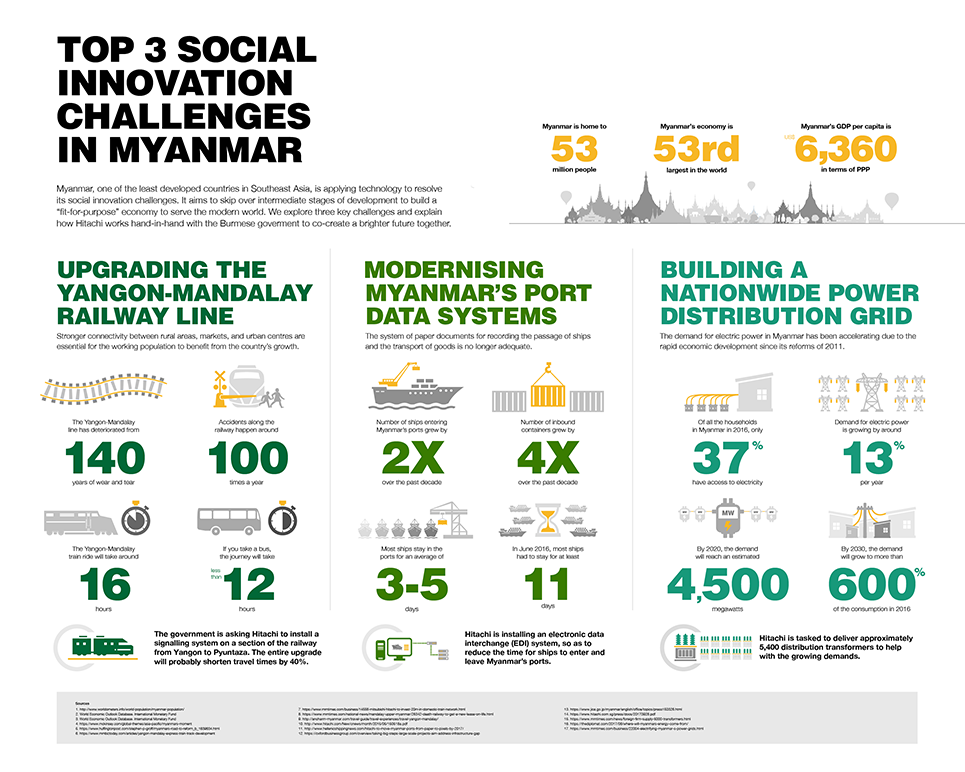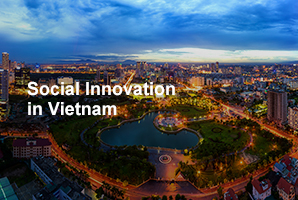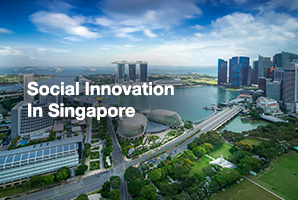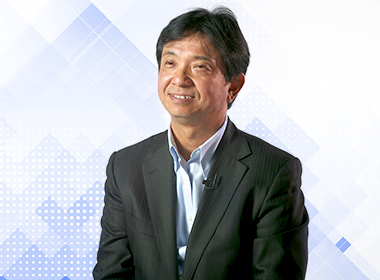
Throughout our history, social innovations have been the instrument of our technological transformation.
By applying technology to resolve social innovation challenges, it is conceivable for a developing country such as Myanmar to leapfrog over intermediate stages of development and build a “fit for purpose” economy to suit the modern world.
Home to 53 million people, Myanmar was in decline for decades, with its per capita income of $876 in 2012, the lowest in ASEAN. Estimates from the United Nations and others revealed a poverty rate of 25%.
Myanmar began economic reforms in 2011, resulting in average GDP growth of more than 7% from 2012–2016. Analysts are predicting Myanmar to quadruple its economy to more than US$200 billion by 2030 and create 10-million non-agricultural jobs in the process.
With a relatively young demographic, those in the 15-29 age group accounts for nearly 40% of the working population. This group of people need access to jobs. Stronger connectivity between rural areas, markets, and urban centres are essential for the working population to benefit from the country’s growth.









